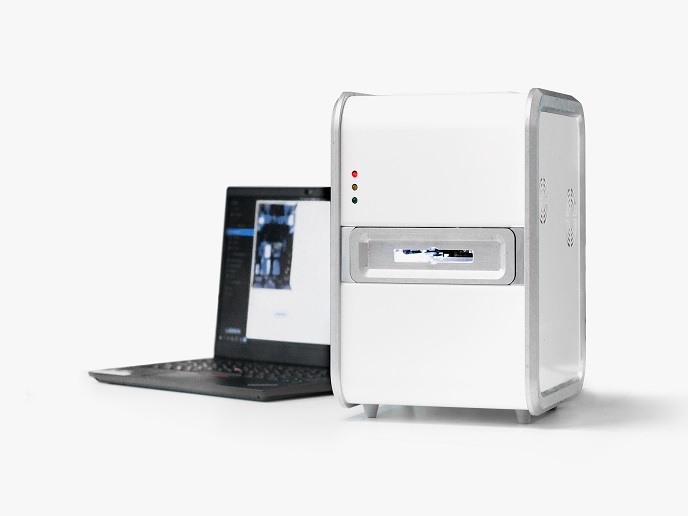Non-invasive device detects diabetic foot ulcers early
Diabetic foot ulcers (DFUs) are a common and serious complication of diabetes, affecting approximately up to a third of diabetics. These ulcers, which commonly start as open sores on the bottom of the foot, often result in hospitalisation. Around 20 % of DFUs lead to amputation. Standard diagnostic procedures are typically costly and reliant on trained healthcare professionals, and often fail to detect DFUs at an early stage, allowing ulcers to progress unnoticed until they become more severe. Meanwhile, current treatments involve various devices to reduce weight on the affected area, infection management, wound care and surgery. “As existing solutions require specialised equipment and trained staff, they limit at-home monitoring and, most importantly, early detection,” says Panos Terzopoulos, project coordinator of the EU-funded PHOOTONICS project. PHOOTONICS developed a fully functional prototype of a non-invasive photonics-driven device for both clinical and home use. Combining thermal infrared (IR), mid IR and near IR hyperspectral imaging, the device captures indications of both DFU risk and progression once under way. Both prototypes were shown to demonstrate high sensitivity and specificity and were clinically validated. “We are confident that our technology could reduce DFU-related hospitalisations and amputations, thanks to early detection through regular monitoring at home and in hospitals,” remarks Terzopoulos from Metis Baltic, the project host.
Combining photonic imaging with AI offers effective monitoring
The PHOOTONICS DFU detection device integrates hyperspectral, thermal IR and mid IR photodetectors, augmented by AI-based data processing, to detect early signs of DFUs. It targets several medical indicators, including skin temperature (for inflammation), blood flow (via oxygen saturation) and biochemical indicators, such as collagen and elastin levels. The different types of IR light let the device capture detailed images and readings, distinguishing between healthy and at-risk tissue. Early warnings are then given to help patients and clinicians manage the risk of DFUs effectively. The project developed two versions of the device (HOME and PRO). The HOME version has a simplified interface for self-monitoring by patients, while the PRO version offers advanced features for healthcare professionals. The interfaces of both guide users through the measurement process, with the HOME version requiring minimal training, while healthcare staff receive more targeted training for the PRO version. The devices were clinically validated with the help of over 200 patients, across multiple European hospitals, including: Attikon University Hospital (Athens, Greece), Leiden University Medical Center (Leiden, Netherlands), Victor Babes University of Medicine and Pharmacy (Timisoara, Romania), alongside the support of Charité University Hospital (Berlin, Germany). This extensive clinical study also included signal processing tests to optimise the accuracy and reliability of the data. “This medical meta-analysis helped define the user requirements and technical specifications, focusing on sensor types, sensitivity, spatial resolution, response time and portability for both versions; while the hardware and software components were refined during and after the clinical studies,” adds Terzopoulos.
Breakthrough for preventive patient-centred healthcare
PHOOTONICS aligns with EU health policies by promoting preventive healthcare and improving quality of life for those with chronic conditions. By reducing the need for invasive procedures and enabling at-home monitoring, the project’s device empowers patients to proactively manage their own health. “Further down the line, we could imagine integration with telemedicine platforms to enable remote diabetic foot monitoring and care for at-risk individuals,” notes Terzopoulos. In preparation for a market launch of the PHOOTONICS devices, the project team is working on strategic partnerships (and public and private funding arrangements) to explore production and distribution options, before preparations begin for the necessary regulatory approvals. Beforehand, the team will conduct more expansive clinical trials to further validate the project’s results to date, alongside advancing the AI’s capabilities to improve its predictive accuracy.
Keywords
PHOOTONICS, ulcer, infrared, sensor, amputation, diabetes, diabetic, AI, foot







